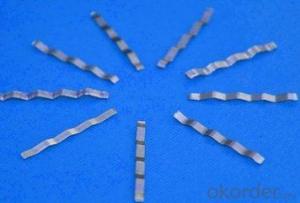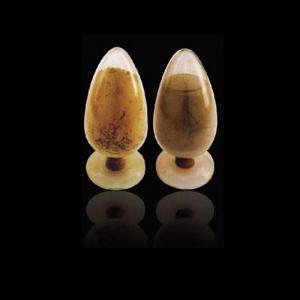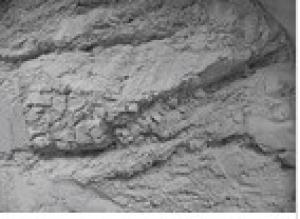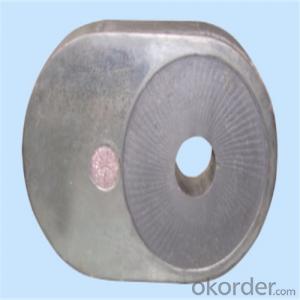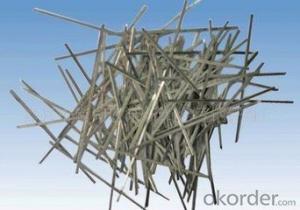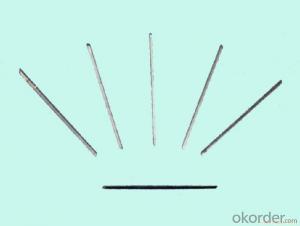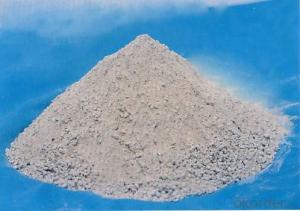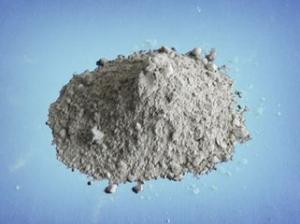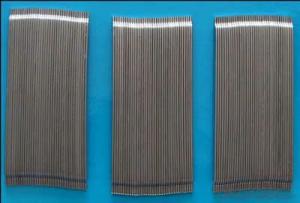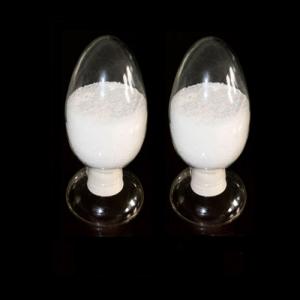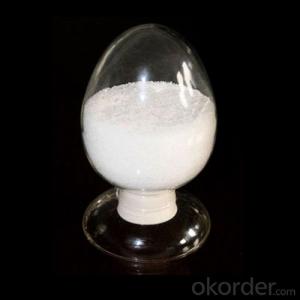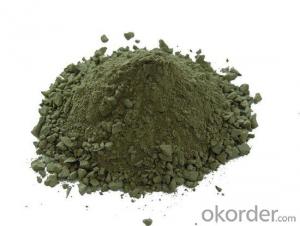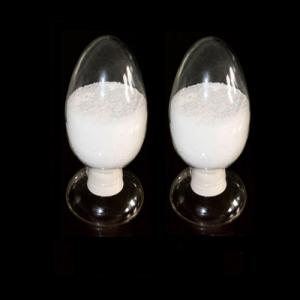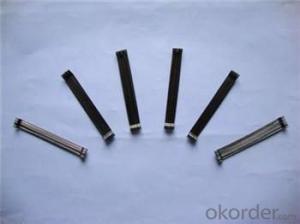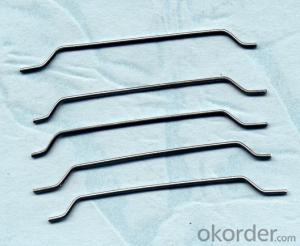All Categories
- - Steel Wire Rod
- - Steel Coils
- - Steel Profiles
- - Steel Pipes
- - Stainless Steel
- - Tinplate
- - Special Steel
- - Steel Sheets
- - Steel Rebars
- - Steel Strips
- - Hot Rolled Steel
- - Cold Rolled Steel
- - Pre-painted Steel
- - Seamless Steel Pipe
- - Welded Steel Pipe
- - Hollow Steel Tubes
- - Galvanized Pipe
- - Stainless Steel Coil
- - Stainless Steel Sheet
- - Stainless Steel Plate
- - Stainless Steel Strips
- - Electrolytic Tinplate Coil
- - Electrolytic Tinplate Sheet
- - Stainless Steel Rebars
- - Solar Panels
- - Solar Water Heater
- - Solar Related Products
- - Solar Inverter
- - Solar Cells
- - Solar Light
- - Solar Energy Systems
- - Solar Controllers
- - Solar Mounting System
- - Solar Pump
- - Solar Chargers
- - Fiberglass Chopped Strand
- - Fiberglass Mesh Cloth
- - Composite Pipes
- - FRP Pultrusion Profiles
- - Fiberglass Mat Tissue
- - Fiberglass Fabrics
- - Fiberglass Mesh
- - Composite Tank
- - Fiberglass Mesh tape
- - Polymer
- - FRP Roofing Panel
- - Fiberglass Roving
- - Monolithic Refractories
- - Ceramic Fiber Products
- - Refractory Bricks
- - Raw Materials For Refractory
- - Suspended Platform
- - Cranes
- - Concrete Machinery
- - Earthmoving Machinery
- - Building Hoist
- - Road Building Machinery
- - Plastic Pipe Fittings
- - Plastic Tubes
- - Plastic Sheets
- - Agricultural Plastic Products
- - Plastic Nets
Q & A
How do monolithic refractories perform in insulating applications?
Monolithic refractories perform well in insulating applications due to their low thermal conductivity and high insulating properties. They effectively prevent heat transfer, maintain consistent temperature control, and reduce energy consumption. Additionally, their versatility allows for easy installation and customization, making them a reliable choice for various insulation needs.
How do monolithic refractories contribute to reducing the risk of accidents in industrial environments?
Monolithic refractories are beneficial in reducing the risk of accidents in industrial environments due to their unique properties and application methods. These refractories are made of a single material, eliminating the risk of joints or weak points that could lead to structural failure. This enhances their strength and durability, preventing sudden collapses or breakages that may cause accidents.
Additionally, monolithic refractories can be easily customized and installed to fit various shapes and sizes, ensuring proper lining in industrial equipment such as furnaces, kilns, and reactors. This seamless installation reduces the chances of hot spots or uneven heating, minimizing the risk of thermal shock and potential accidents.
Furthermore, monolithic refractories have excellent thermal insulation properties, which help in maintaining stable temperatures within industrial equipment. By effectively containing heat, they prevent heat loss to the surrounding environment and reduce the risk of burns or fires in the workplace.
Overall, the use of monolithic refractories in industrial environments significantly contributes to the reduction of accidents by providing strong, durable, and thermally stable linings that minimize structural failures, uneven heating, and potential thermal hazards.
How do monolithic refractories provide resistance to alkali attack?
Monolithic refractories provide resistance to alkali attack by utilizing specific chemical compositions and structures that are less prone to react with alkali compounds. This resistance is achieved through the careful selection of raw materials and additives, such as high alumina or silica, which are known for their ability to resist alkali degradation. Additionally, monolithic refractories are often designed with dense and compact structures that minimize the penetration of alkali ions, preventing them from causing chemical reactions and subsequent damage to the refractory material.
What are the recommended drying procedures for monolithic refractories?
The recommended drying procedures for monolithic refractories typically involve a gradual and controlled process to remove moisture and prevent thermal shock. This typically includes a preheating stage to drive out any remaining moisture, followed by a slow and steady increase in temperature to allow for the release of any trapped water. It is important to avoid rapid heating or cooling, as this can lead to cracking or spalling of the refractory material. Additionally, proper ventilation and air circulation should be maintained during the drying process to ensure even drying and prevent the buildup of moisture.
What are the key factors affecting the setting time of monolithic refractories?
The key factors affecting the setting time of monolithic refractories include the composition of the refractory material, the amount and type of binder used, the presence of additives, the temperature and humidity conditions during setting, and the method of application. These factors can influence the hydration and chemical reactions taking place, as well as the physical properties of the refractory material, ultimately affecting the setting time.
Wholesale Monolithic Refractories from supplier in Serbia
We are a Monolithic Refractories supplier serving the Serbia, mainly engaged in the sale, quotation, and technical support services of various Monolithic Refractories products in the Serbia region. We are a subsidiary platform of the Fortune Global 500 company CNBM, able to provide you with one-stop Monolithic Refractories procurement services in the Serbia. Not only do we have a wide range of Monolithic Refractories products, but after years of market development in the Serbia, we can also provide valuable experience for your projects.
Hot Search
- Monolithic Refractories in Czech Republic
- Ceramic Fiber Products in Eritrea
- Refractory Bricks in Finland
- Raw Materials For Refractory in Botswana
- Ceramic Fiber Products in Albania
- Raw Materials For Refractory in Togo
- Refractory Bricks in Benin
- Raw Materials For Refractory in Mexico
- Raw Materials For Refractory in Palestine
- Refractory Bricks in Andorra

